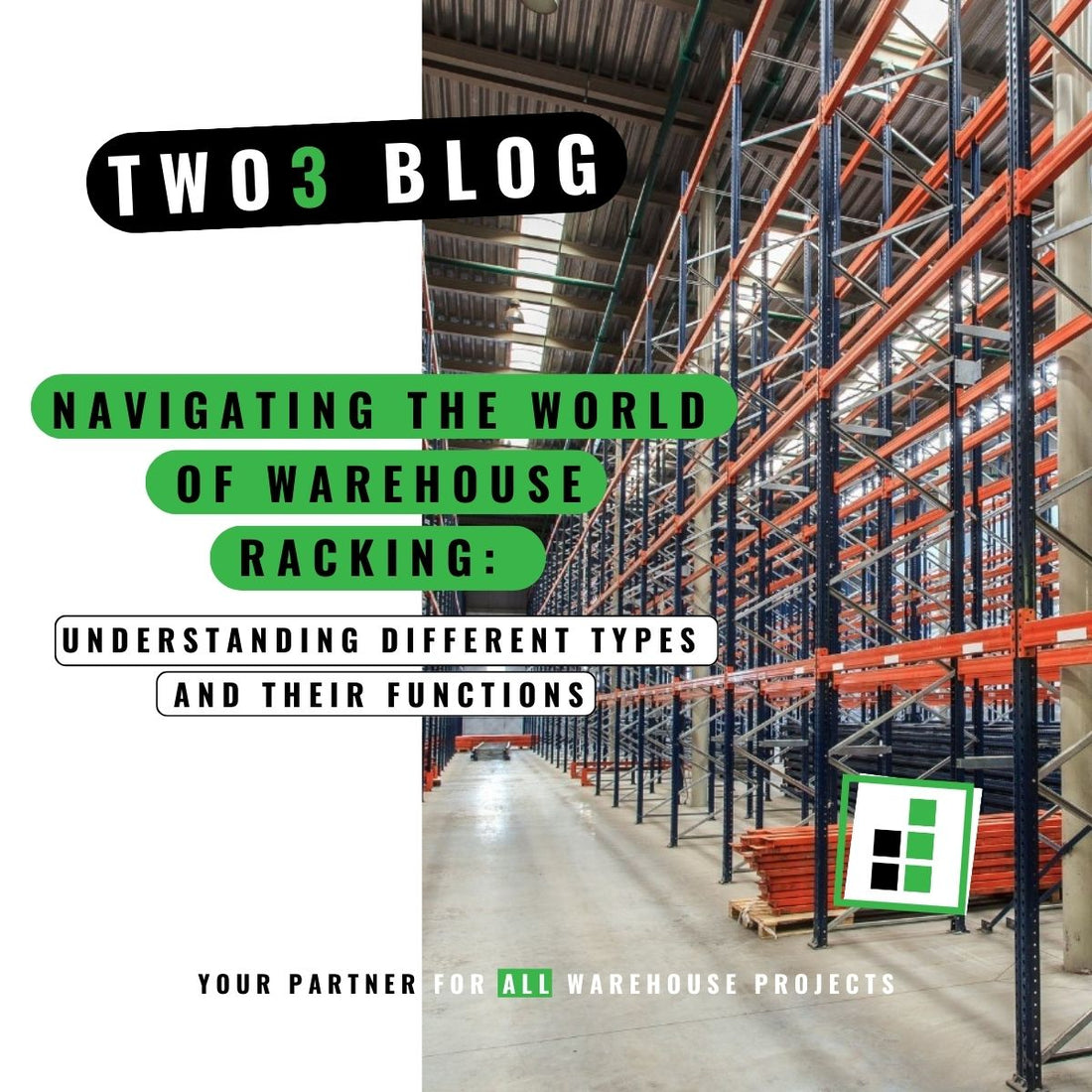
Navigating the World of Warehouse Racking: Understanding Different Types and Their Functions
Share
Efficient warehouse management is crucial for the smooth operation of any business that involves inventory storage and distribution. One key aspect of this efficiency is the type of racking system used. The right racking solution can maximize space utilization, improve accessibility, and enhance overall workflow. This blog post explores the various types of warehouse racking systems and their unique functionalities, helping businesses make informed decisions for their storage needs.
Selective Racking: Versatility and Accessibility
Selective racking is the most common type of warehouse racking. It is highly versatile and provides direct access to every pallet. This system consists of upright frames and horizontal beams that form individual pallet positions. Selective racking is ideal for warehouses with a wide variety of products (SKUs) but lower volumes of each, as it allows easy access to every pallet without the need to move others. It's also relatively easy to install and reconfigure, making it a flexible option for many businesses.
Drive-In and Drive-Through Racking: High-Density Storage Solutions
Drive-in and drive-through racking systems are designed for high-density storage. These systems allow forklifts to drive directly into the rack's bays to store or retrieve pallets. The key difference between the two is that drive-in racking has one entry and exit point, making it a Last In, First Out (LIFO) system, while drive-through racking has entry points at both ends of the bay, supporting a First In, First Out (FIFO) inventory management. These systems are ideal for storing large quantities of uniform products and can significantly increase space utilization compared to selective racking.
Pallet Flow and Push Back Racking: Dynamic Storage Options
Pallet flow racking is a gravity-fed system where pallets are loaded from the back and retrieved from the front, facilitating FIFO inventory management. This system is ideal for high-throughput operations and perishable goods storage. On the other hand, push back racking allows pallets to be stored up to six deep on either side of an aisle, with each pallet loaded onto a cart. When a new pallet is added, it pushes the existing pallet back into the rack. This is a LIFO system and is particularly useful for storing bulk quantities of the same item.
Conclusion
The choice of racking in a warehouse significantly impacts its efficiency and productivity. From the versatile selective racking to the high-density drive-in/drive-through systems, and the dynamic pallet flow and push back racking, each type serves a unique purpose. Understanding the specific needs of your warehouse operation – such as the type of goods, inventory turnover, and space constraints – is crucial in selecting the most suitable racking system. By optimizing your warehouse racking, you not only streamline operations but also create a safer and more productive environment for your workforce.

